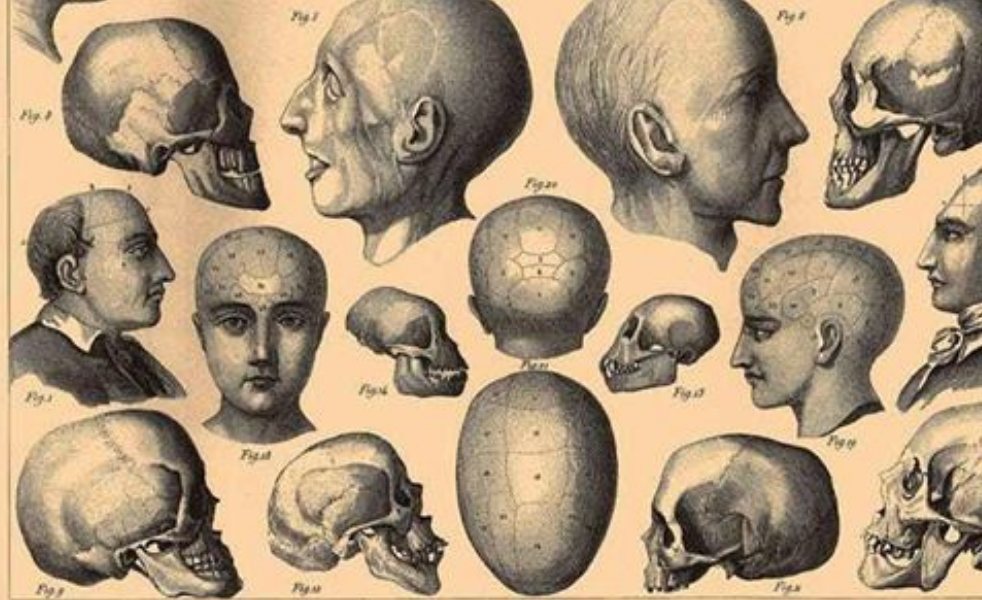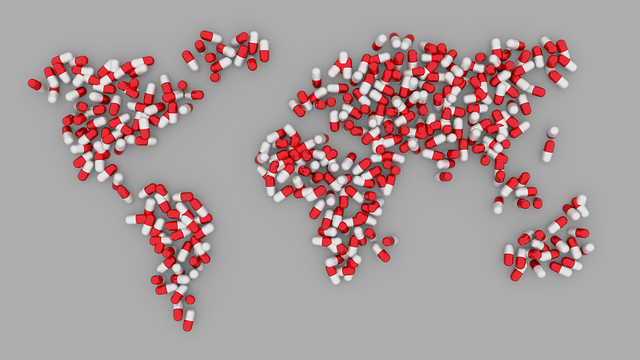15 Sad Facts About The Pharmaceutical Industry
- Pharmaceutical practices in the United States differ drastically from European counterparts
- The current state of pharmacological research leaves significant room for improvement
- Sales & Marketing regulations require massive reform
If you’ve never spent much time abroad, you may not think that the pharmaceutical industry in the United States is all that odd. But consider this. If you go to the United Kingdom, you will never turn on the television and see an advertisement for medication. You won’t see happy faces beaming over the effects of a new drug on your TV screen, followed by a laundry list of devastating side effects. That’s because it’s illegal in the U.K. and EU to create advertisements for prescription medicine.
And that’s because elsewhere in the world, medication is just that: something designed to medicate. It is not a multi-billion dollar business like it is in the U.S. Most other developed countries do not profit as heavily off of the sick and dying. Here are 15 facts about the pharmaceutical industry that will make your head spin.
1. EU-based pharmaceutical companies know that the U.S. is their cash cow.
Because of the previously mentioned regulations on drugs and drug prices in the U.K. and Europe, pharmaceutical companies set their sights on U.S. sales for massive profit, which brings us to our next point.
2. Americans pay three times more for drugs than do people in Britain and the EU.
According to Reuters, “The United States, which leaves pricing to market competition, has higher drug prices than other countries where governments directly or indirectly control medicine costs.” In other words, governments elsewhere protect consumers from price gouging when it comes to medications. In the U.S., medications are treated the same way as any product you’d find in Target or Walmart. Competition and demand dictate cost. (Continues On Page 2)
Advertisement
Advertisement
3. Your doctor is probably on Big Pharma’s payroll.
If you know any pharmaceutical salespeople, you probably know that they’re financially comfortable (to say the least). These folks travel from hospital to hospital selling the latest medications to doctors who in turn make money by prescribing those medications to you. (Continues On Page 3)

4. There’s a correlation between doctors who prescribe more brand-name meds and doctors who receive money from Big Pharma.
ProPublica conducted research into the relationship between prescriptions and how much money doctors are getting from the pharmaceutical industry, and there is a definite correlation between how many brand-name drugs doctors prescribe and how much money they were given by the reps selling those drugs. As stated by NPR, “Doctors who received more than $5,000 from companies in 2014 typically had the highest brand-name prescribing percentages.”
Advertisement
Advertisement
5. Drug research isn’t always objective.
The fact is that research into new medications has to be funded by someone, and those with capital have power to influence the results of that research. As reported in LiveScience, “[Researchers from IQWiG’s Drug Assessment Department] pointed to past research showing an association between industry sponsorship and positive outcomes or conclusions in studies.” This can lead to shoddy testing, manipulated results, and ambiguously worded reports that show favor to the funding party’s product.

Advertisement
Advertisement
6. Of all industries in the U.S., the pharmaceutical industry is among the most profitable.
Money, not medicine, is the driving factor behind the pharmaceutical industry’s success in the U.S. Chronically ill people are big spenders and conditions that must be chronically medicated are great for padding pockets. Profit margins in pharmaceuticals are even higher than profit margins in the oil industry.
Advertisement
Advertisement
7. Drug companies are fined all the time for criminal advertising activity.
Because the biggest drug companies are worth upwards of $130 billion, they’re more than happy to pay $2 billion or so for fines if that means they can peddle products to their target audiences. The creators of Paxil, for example, paid out billions after it was found they were knowingly targeting minors for their depression medication.

Advertisement
Advertisement
8. Medication prices often outpace inflation.
According to Time Money, “Prices increased at eight times the rate of inflation for 30 prescription drugs analyzed by the Wall Street Journal, with an average price hike of 76% from 2010 to 2014.”
Advertisement
Advertisement
9. The chronically ill are punished.
Annual retail prices for meds administered to chronically ill patients was $11,000 in 2013 according to AARP. To put that in perspective, that is about 3/4 of the average Social Security retirement benefit and almost half the median income for people who use Medicare.
Advertisement
Advertisement
10. Supply and demand will cost you (especially if a medication is saving your life).
When drugs do well and people start relying on them, the price goes up — WAY up. Life-saving drug Daraprim’s price was increased by a staggering 5,000% (from $13.50 per pill to $750 per pill) once CEO Martin Shkreli figured out that it was becoming a lifeline for patients.
Advertisement
Advertisement
11. Per capita price comparisons are illuminating.
Denmark spends just 3 cents per every dollar spent on drugs in the U.S., and in Canada, 72 cents per dollar is spent on medication. Unfortunately, this is a major contributing factor in why so many Americans have difficulty obtaining the healthcare and treatments they require.

12. Drugs are rarely tested in conjunction with others.
Drugs that are often prescribed with other prescriptions are not often tested for interactions. Sadly, known interactions are brought to light most often when they lead to complications in patients taking both concurrently.
Advertisement
Advertisement
13. Pharmaceutical companies coach doctors to cheat Medicare.
This practice has landed industry heavy-hitters in federal court. One example is that AstraZeneca recently paid out $340 million after it was found that they were teaching doctors how to cheat Medicare in order to defraud the system.
Advertisement
Advertisement
14. Medication is named and packaged to appeal to target patients.
All those funny drug names are actually meticulously thought out. According to Cracked, “The antidepressant Prozac, for example, is meant to sound sciency, while the drug Sarafem, which is targeted at women, sounds distinctly feminine.”
It’s also not a coincidence that Viagra is the “little blue pill” and that many medications targeted at women are pink. They use gendered norms to make drugs appealing so you’re more likely to take them.
Advertisement
Advertisement
15. Drug makers exploit people in developing nations.
Government regulations are more relaxed in the developing world, which makes vulnerable populations ripe for the picking when it comes time to pick subjects for major pharmaceutical tests. While it’s true that these populations, which are typically underserved medically, can benefit from access to new drugs, they’re also vulnerable when things go terribly wrong.
After a drug trial in Germany led to horrific birth defects, for example, the Kefauver-Harris Amendments were created to protect the population. The FDA does the same in the United States. Under both regulatory bodies, drugs must be tested sufficiently through other measures before human trials. That is not the case in many poorer countries, making it easier for drug companies to go right to humans. This opens those people up to increased risk.
For an industry that’s supposed to heal us, this all sounds pretty unhealthy. Until the sick and dying stop being so profitable, it’s unlikely that the madness will ever end.

